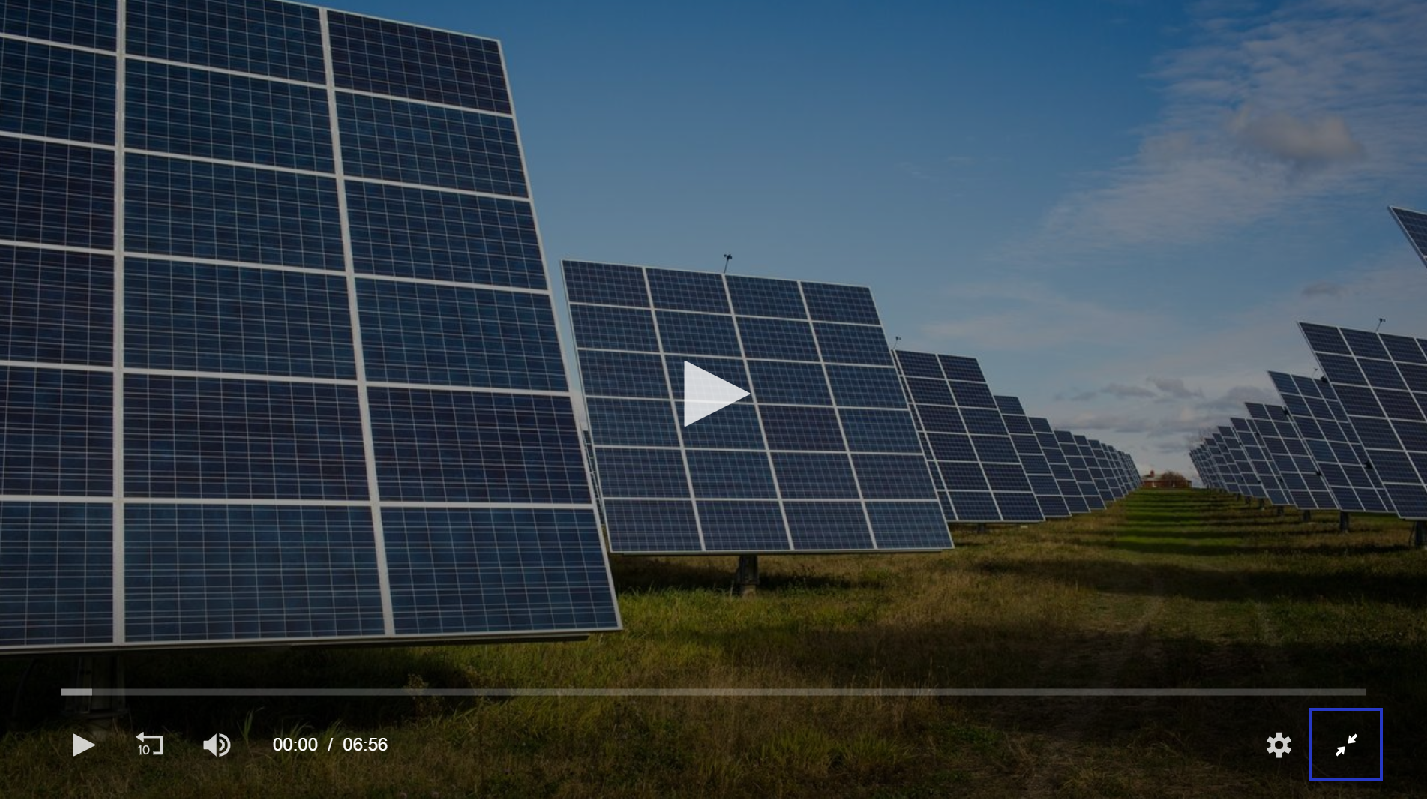By Doug Linkhart
While solar energy still makes up a small percentage of overall energy consumption, solar photovoltaic is the world’s fastest growing energy technology, advancing both in terms of large-scale production and distributed community use.
Cities and nonprofit groups are finding innovative approaches to increase the use of solar energy, often working with utilities to encourage community members to install solar. They have also worked to make it easier to use solar energy, like the effort to reduce the soft costs involved in permitting that is recognized by the Department of Energy’s SolSmart program.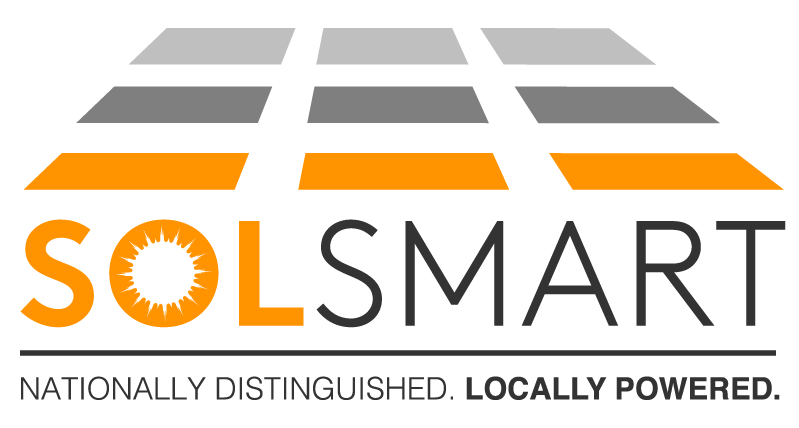
Below are some examples of ways in which communities are using innovation and civic engagement to expand the use of solar energy and other renewables. All of these communities are award designees in the SolSmart program, so part of their efforts have involved facilitating the installation of solar. And each area has long-term sustainability goals that include not only solar, but wind, energy efficiency, alternative transportation modes and a variety of other mechanisms.
San Francisco, California
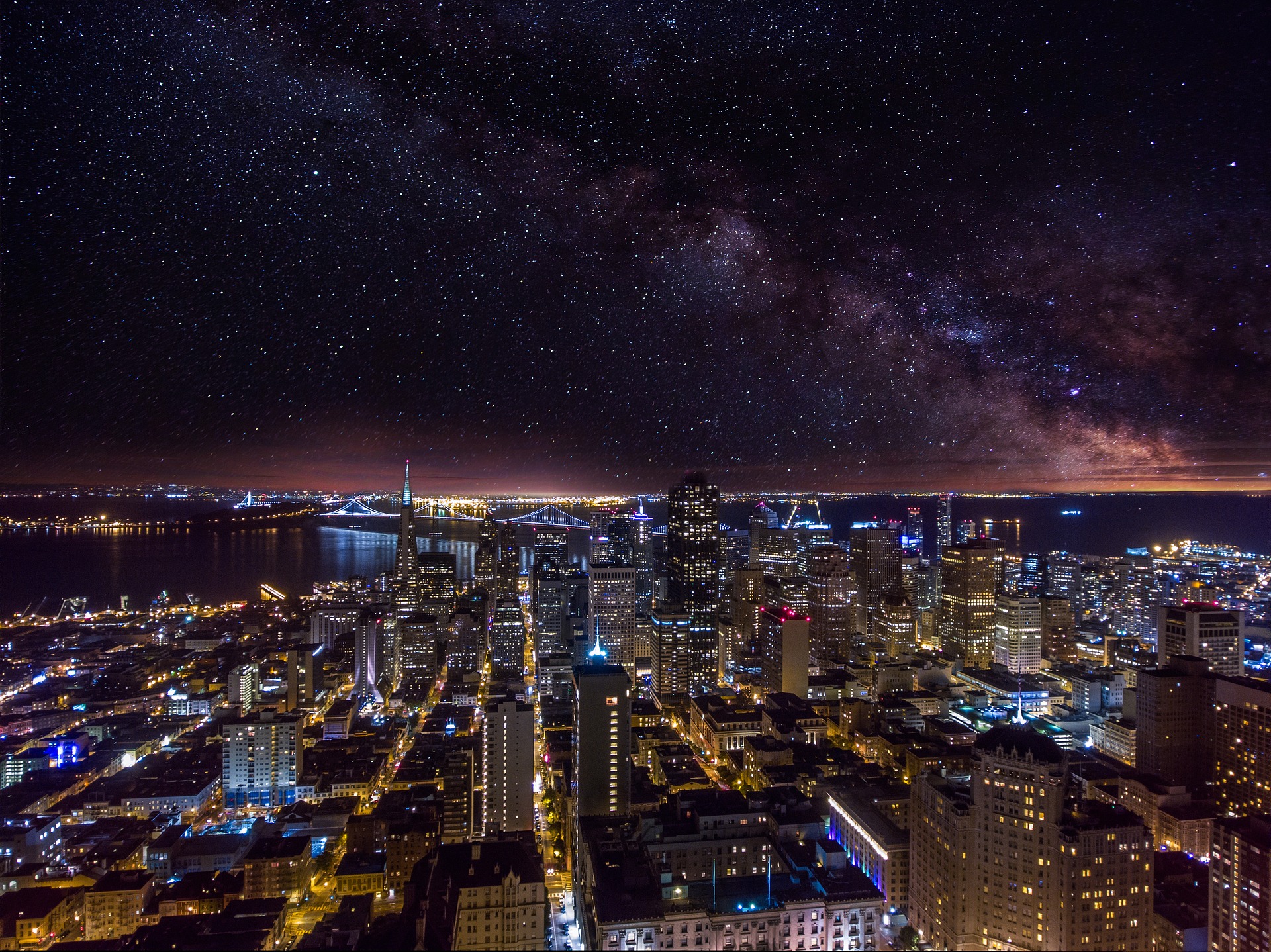
A program to encourage the use of solar energy in San Francisco was recently recognized for its innovation in program design and ability to reach new markets. The recognition was for the nonprofit Re‐volv, which is based in San Francisco but serves communities throughout the U.S.
Re-volv was one of 12 organizations recognized in the fall of 2019 as part of the Solar in Your Community Challenge by the Department of Energy’s Solar Energy Technologies Office for its innovative approach to advancing solar energy. The program is part of a partnership between DOE and ICMA’s Sustainable and Resilient Communities initiatives.
Re-volv helps nonprofit organizations install solar panels by training community ambassadors to create projects to raise money through crowdsourcing—a mechanism that allows internet users to contribute small amounts toward a project, with the money raised used to cover the cost of the solar installation. The nonprofit then pays a lower rate for electricity, generally about 25 percent lower than what they paid before, with these payments going into its Solar Seed Fund to enable Re-volv to fund additional projects. On average, Re-volv is able to fund three additional projects from the payments from each project that go into its revolving fund.
While Re-volv has initiated more than 20 crowdsourcing projects across the country, the organization is based in San Francisco and many of its projects are in the bay area. San Francisco is a SolSmart Gold community. As part of its SolSmart application, the city created an online permitting checklist to increase transparency for community members and solar installers, allowed solar as a use-by-right accessory use in all zones, and created a streamlined permitting process for solar, among other activities.
Two keys to Re-volv’s success are its community ambassadors and online donors. Re-volv trains volunteers as “Solar Ambassador Community Champions” to work on behalf of nonprofit organizations interested in installing solar panels. The organization has trained over 250 ambassadors and raised more than $330,000 for solar installations.
As a nonprofit organization, donations to Re-volv are tax-deductible. By recruiting and training solar ambassadors, Re-volv taps into support for a local nonprofit organization and helps that organization save money. At the same time, the solar projects are beneficial to both the nonprofit and the environment, creating more bang for the buck!
Southwest Virginia
It’s a juxtaposition between the old and new: an effort to expand solar energy use in the coalfields of Southwest Virginia. Leading this work is the Solar Workgroup of Southwest Virginia, a group of nonprofit and community action agencies, colleges, state agencies, planning district commissions and other interested citizens and businesses seeking to develop a renewable energy industry cluster in the seven coalfield counties of Southwest Virginia.
In its 2015 strategic plan, the Appalachian Regional Commission called for “accelerating the development and use of renewable energy sources” and promoting “green and renewable energy options.” The Solar Workgroup formed soon after, developing a Roadmap for Solar Development in Southwest Virginia that envisions several solar projects in the next two to three years ranging from residential to large- scale commercial.
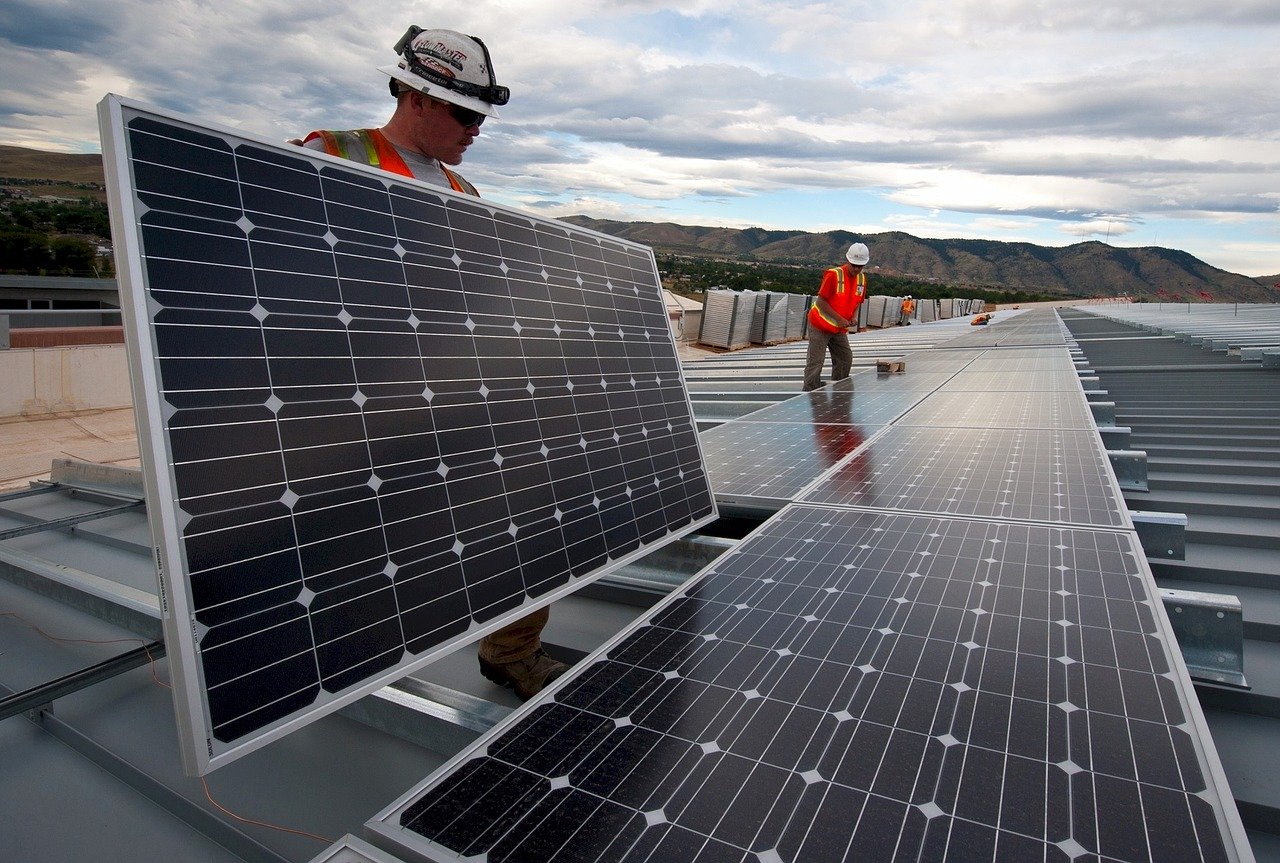 The Solar Workgroup’s initial assessment found that capturing roughly 32.4 percent of the electricity demand in the region through local solar installations would create more than 650 jobs—a major boon for Southwest Virginia communities and catalyst for establishing a renewable energy industry. In its first year the Workgroup actively worked to generate capital for a 350-kilowatt rooftop solar system at Ridgeview High School in Dickenson County and 80 kilowatts of rooftop solar at Norton Green, a 40-unit low-income housing complex.
The Solar Workgroup’s initial assessment found that capturing roughly 32.4 percent of the electricity demand in the region through local solar installations would create more than 650 jobs—a major boon for Southwest Virginia communities and catalyst for establishing a renewable energy industry. In its first year the Workgroup actively worked to generate capital for a 350-kilowatt rooftop solar system at Ridgeview High School in Dickenson County and 80 kilowatts of rooftop solar at Norton Green, a 40-unit low-income housing complex.
These projects will yield energy estimated savings of between $240,000 and $535,000 over a 25-year period for low- to moderate-income residents as well as a rural school district that has faced declining revenues. The installations will serve as marquee projects for the larger goal of developing and implementing a renewable energy strategy and workforce development program for Southwest Virginia. In all, their goal for 2019 was to install 3 MW in the seven Southwest Virginia counties.
Burlington, Vermont
In 2015, the City of Burlington, Vermont became one of the first cities in the United States powered by 100 percent renewable energy. The city’s 42,000 residents get their power from Burlington Electric using a combination of sources like biomass, wind, hydroelectric and solar. The main source of energy is revealed to come from a hydropower since the city is situated near the mouth of the Winooski River.
Although Burlington is one of the first cities to go 100 percent renewable, there is nothing that gives it a unique edge. In an interview with PBS, Taylor Rickets, Environmental Science professor at University of Vermont, says “It’s not a lot windier here, or a lot more rivers here and certainly not a lot sunnier here than lots of parts of the U.S. It was just a bunch of decisions made over ten years or more to get towards renewable energy.”
Although solar is not the predominate way that Burlington gets energy, there are many solar energy opportunities in the city. One organization that has set out to bring innovative solar energy solutions to local communities is VEIC, a sustainable energy company focused on energy efficiency, clean transportation, and renewable energy. Opening in 1986, the company focuses on helping businesses, governments, and utility services with creating clean, efficient energy systems.
Their subsidiary, Sun Shares, brings the concept of community solar to the employer/employee benefit sector. Their model is designed to enable employees of all income ranges and housing circumstances to opt into solar energy programs. They do not need to install panels, invest their own money, or enter long-term solar contracts. Because of this flexibility low- and moderate-income (LMI) households have increased access to solar photovoltaics, a service that has often been out of reach.
The program requires three primary roles for a successful project: capital investors, employer/employee members and electric utility. To start off the program, capital investment is required to cover the cost of installing a solar array system to meet all energy needs.
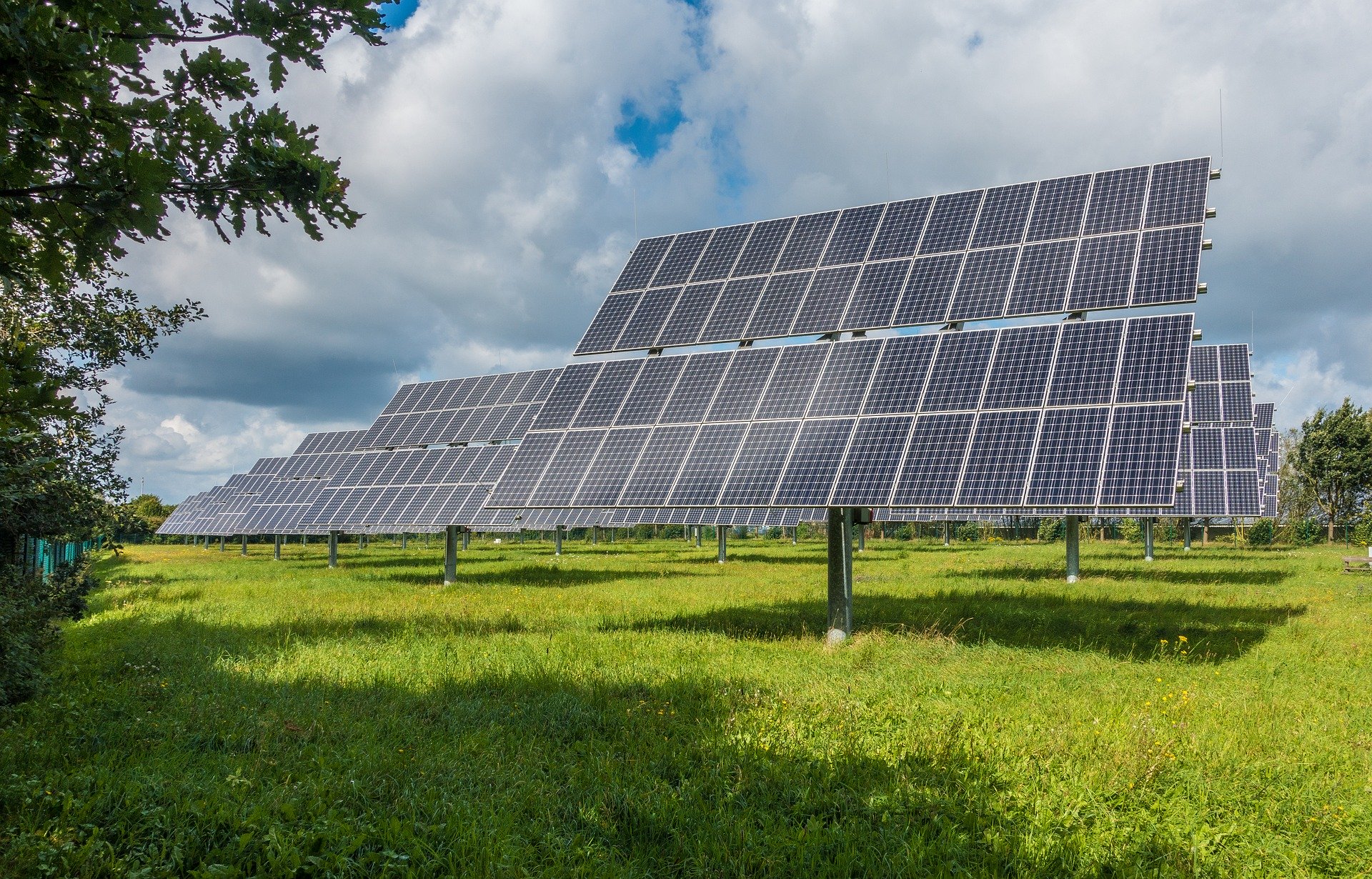 Then, Sun Shares works to build a partnership between employer and employees to share the benefits of a community solar array. Once that is established, employees can opt into the company’s solar power without having to install any panels on their own residence. Sun Shares provides all the services of system procurement, management and assigns the monthly bill credits to the participating members. The employer will apply the solar credits to lower its own utility bill while also funding any unsubscribed shares.
Then, Sun Shares works to build a partnership between employer and employees to share the benefits of a community solar array. Once that is established, employees can opt into the company’s solar power without having to install any panels on their own residence. Sun Shares provides all the services of system procurement, management and assigns the monthly bill credits to the participating members. The employer will apply the solar credits to lower its own utility bill while also funding any unsubscribed shares.
To do all of this, Sun Shares works directly with the local utility services to assure the participating employees and the employer receive the correct monthly bill credit, based on the system’s monthly solar electric generation.
Broward County, Florida
Broward County is nestled in one of America’s most hurricane-prone regions. Situated on the eastern 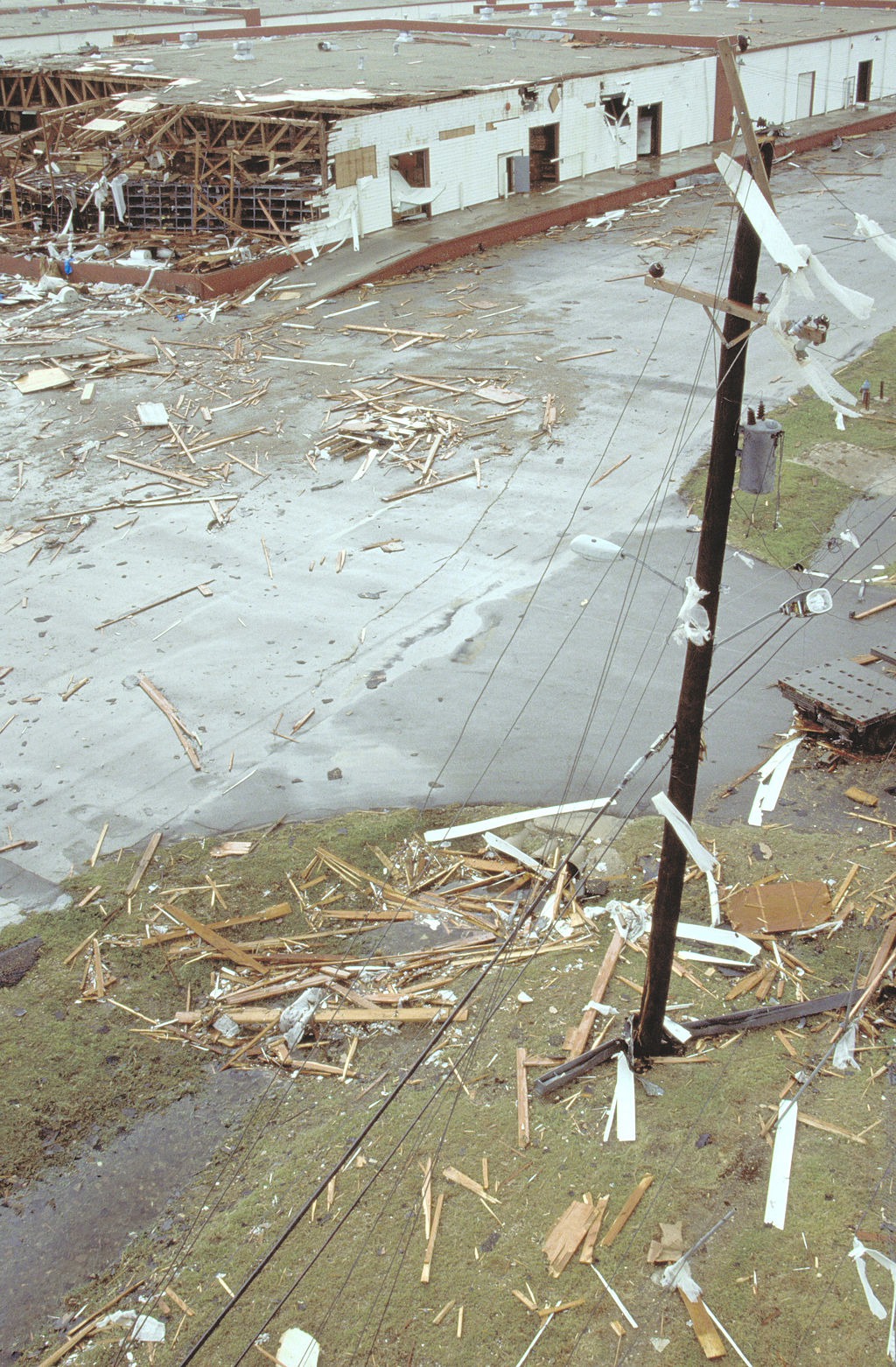 coast of Florida, the region has come to expect the strong wind and heavy rains that arrive between the months of August through October. Because of this, the community needs to be prepared for whatever storm comes their way.
coast of Florida, the region has come to expect the strong wind and heavy rains that arrive between the months of August through October. Because of this, the community needs to be prepared for whatever storm comes their way.
Often, hurricanes knock down power lines and many homes are left in complete darkness until the storm passes and repairs are made. However, small changes to infrastructure can help cities become more resilient to these issues. When Hurricane Irma hit the coast of Florida, sustained 70 mph winds shut off electricity to the entire county. Coral Springs, a city in Broward County, used solar-powered traffic lights while their grid power was down. While 300,000 people were without power, 13 stop lights at major intersections were able to remain operational throughout the storm. Batteries were used to keep the lights on through the night. This little upgrade helped the city maintain order and safety.
Broward County has a robust Energy & Sustainability program and solar-powered stop lights are not their only solar innovation. The county has also created a solar co-op, open to all residents, and small businesses in the community. The co-op brings homeowners together to support the solar power installation and financing processes. Co-ops like this are able to take advantage of economies of scale by buying in large quantities, decreasing the average cost per panel. It also provides technological support to members during the installation process. The co-op was so popular in 2018 that Broward County brought it back the next year. This allowed for more residents and businesses to participate.
This initiative was part of Broward’s 2015 Climate Action Plan, which includes 94 actions to reduce pollution and increase resilience to the impacts of climate change. By teaming up with Solar United Neighbors, the county has made great strides in reaching their goal of a 30 percent renewable energy portfolio by 2030.
The city also provides resources for going solar to community members who are not part of the co-op. On their Go Solar page, there are step-by-step directions for bringing solar power to homes. The page includes education resources, links to free consultations, and innovative financing solutions. The county now has a short-term goal of acquiring 20 percent of its electricity from renewable sources by 2020.
Broward County has also implemented a Property Assessed Clean Energy (PACE) program to help finance solar power. PACE financing options allow property owners to finance the up-front cost of solar energy improvements and pay it back over time. Since solar panels are property investments, the assessments and payments are attached to the property rather than an individual. This feature helps incentive property owners to make improvements even if they are not planning on staying in the property for long. Updates like this make solar power an easier, cheaper, and more viable solution across the country. Beyond that, they create healthier, more independent and resilient communities.
Summary
Across the U.S. and the rest of the world, hundreds of cities are signing on to pledges like America’s Pledge and the Global Covenant of Mayors to help reduce climate change. As American cities work to achieve greater sustainability, the expansion of solar energy use is playing an important role in this pursuit. Creative partnerships to reduce costs, finance projects, facilitate installation, and encourage public buy-in are all part of the local tool-chest for advancing solar and improving our overall sustainability.
Doug Linkhart is president of the National Civic League.
